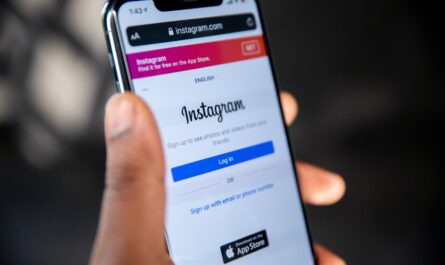Shawn Xu
In today’s digital age, a brand crisis can quickly escalate on social media, transforming a minor incident into a trending topic within hours. United Airlines’ infamous 2017 incident, where a passenger was forcibly removed from an overbooked flight, is a textbook example of how not to handle a crisis. Here are some key lessons on using social media for effective crisis management that United Airlines—and other brands—could benefit from.
1. Respond Quickly with Empathy
Timing is everything during a crisis. In United Airlines’ case, the initial response was delayed and lacked empathy, leading to a further public outcry. When an incident like this occurs, brands need to respond quickly and with a tone of genuine empathy. United’s delayed response seemed to downplay the severity of the incident, which angered the public further. A swift, heartfelt apology acknowledging the incident’s impact on the passenger and other customers could have minimized backlash.
2. Prioritize Transparent Communication
In a crisis, transparency is essential. Consumers want the truth, not a defensive corporate statement. Initially, United’s CEO referred to the incident as a “re-accommodation” rather than addressing the violent removal, which came off as evasive. This response only added fuel to the fire. For brands, acknowledging the full scope of the issue, taking responsibility, and providing transparent updates can help rebuild public trust. After the backlash, United eventually offered a more sincere apology and took responsibility, but the delay damaged their reputation.
3. Provide Continuous Updates and Show Concrete Actions
As a crisis unfolds, continuous updates and evidence of corrective actions are crucial. United ultimately committed to several policy changes, such as increasing compensation for voluntary seat relinquishment and limiting law enforcement involvement in non-security situations. However, the public received these updates much later, when anger had already peaked. Communicating these changes sooner on social media could have shown their proactive efforts to make flying safer and more comfortable.
4. Leverage Influencers’ Support to Shift the Narrative
Influencers and industry leaders can play a crucial role in shaping public perception during a crisis. In United’s case, influential voices on social media highlighted passengers’ rights and urged the airline to take responsibility. United missed an opportunity to engage with these voices constructively. Instead, collaborating with thought leaders or influencers in the travel industry could have helped United share their side of the story and outline improvements, making the brand’s response feel more credible and balanced.
Conclusion
The United Airlines crisis teaches essential lessons about crisis management in the digital age. Quick, empathetic responses, transparent communication, continuous updates, and strategic influencer partnerships are critical to handling crises effectively. By implementing these strategies, brands can not only repair but strengthen trust with their audiences. In an era where social media amplifies every misstep, effective crisis management isn’t just about damage control—it’s about building a more resilient brand.




Great article, Shawn! This piece provided excellent insights on effectively handling crises and managing the media narrative. The step-by-step interpretation was particularly helpful and applicable to a range of crisis management scenarios. Highlighting United Airlines as a specific example added depth, showcasing how primary communication and strategic planning can help maintain control in challenging situations.